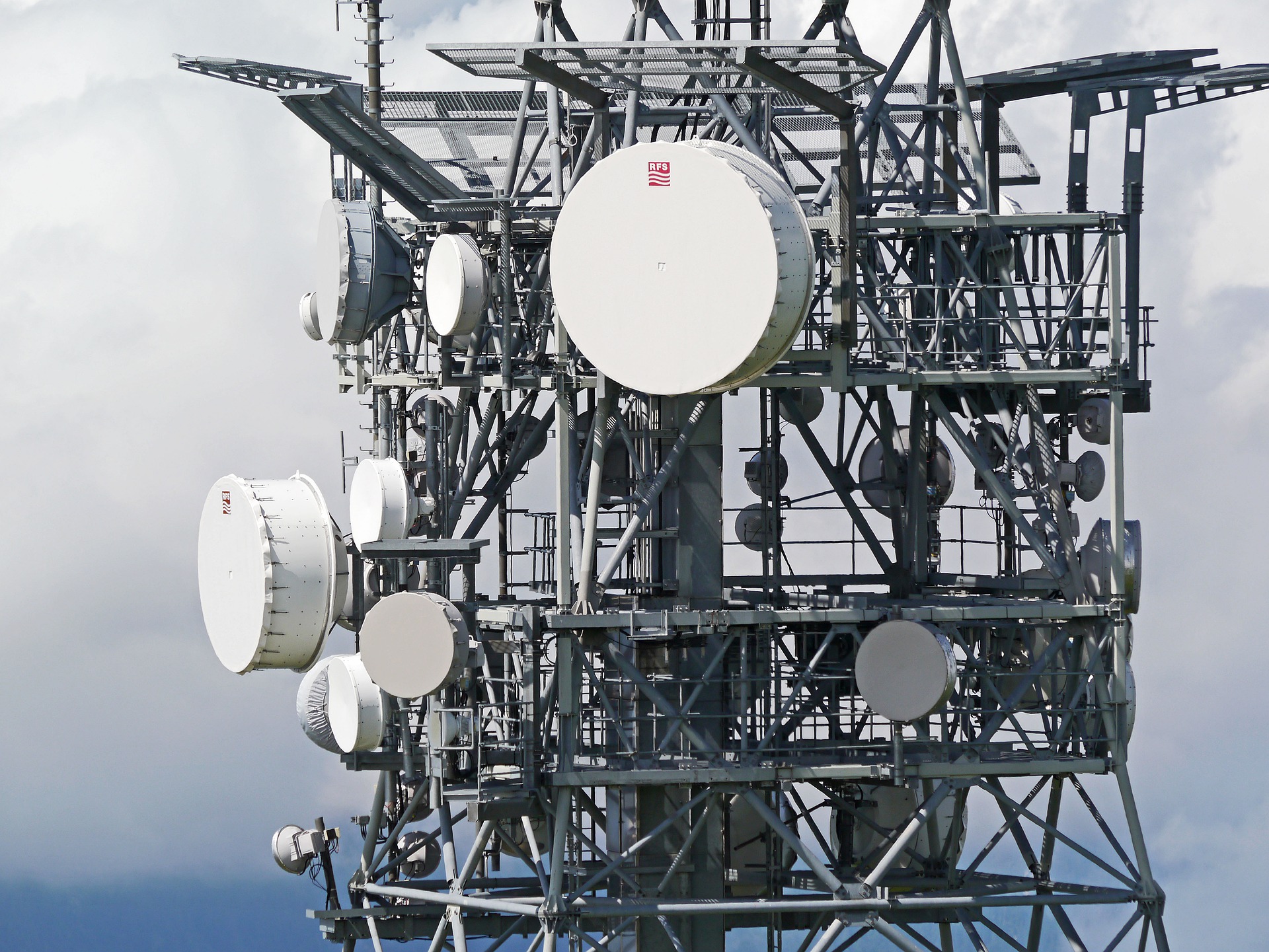Components for Generating Orbital Angular Momentum in Electromagnetic Waves
A device that seamlessly extends 4G communications data rates into anticipated 5G data rate ranges.
Electromagnetic (EM) waves are used to provide modern telecommunications for transmitting and receiving data. Conventional modes of communication involve some form of modulation, such as amplitude, frequency and pulse-width modulation. Controlling the orbital angular momentum (OAM) of EM waves is an advanced means of modulating EM waves and signals that enables transmissions to vastly increase the data rates above conventional modulation schemes. Existing passive components for OAM based devices, including parabolic reflectors, thickness varied spiral phase plates and planar spiral phase plates, generally lack compactness, flat surfaces, and perfect impedance matching.
Researchers at SUNY Oswego have invented a device which could be retrofit onto existing telecommunications towers and will seamlessly extend 4G communications data rates into data rate ranges anticipated for 5G with lower losses and greater bandwidth. It consists of a flat spiral phase plate that contains an array of perforated holes that collect electromagnetic (EM) energy from incoming EM waves and adjust the phase of the incident EM waves to create the orbital angular momentum (OAM) modulation effect. In multiple layer configurations, top and bottom impedance matching layers minimize energy losses and enable high efficiency generation of OAM modulated waves. This invention is a lightweight, compact, easily fabricated and less costly to produce alternative to conventional OAM parabolic reflectors.

- Faster, more efficient transmission of data, than competitor OAM sources.
- Seamlessly extends 4G communications data rates into data rate ranges anticipated for 5G with lower losses and a larger bandwidth.
- Retrofit onto existing telecommunications towers.
- Easily fabricated and less costly to produce than conventional orbital angular momentum (OAM) parabolic reflectors.
Patent application submitted, US patent application 15/944,791
This technology is available for licensing.
Patent Information:
| App Type |
Country |
Serial No. |
Patent No. |
Patent Status |
File Date |
Issued Date |
Expire Date |
|